I enjoy comparing versions of fairy tales and collecting alternate versions as I find them. I have at least six print versions of Rapunzel ranging back to a 1909 Folio Society reprint. "Grimm's Grimmest" has research into the oldest known version. There are delightful differences in each one. However, I'm not fond of the most latest incarnations. The newest version of Rapunzel (2013) I happened on is particularly disappointing. It is altered to the point of removing most of Rapunzel's strength and even some of the magical power of the other two women. In this version, Rapunzel's parents are "poor" and need to eat the rampion in the witch's garden to survive (a political insertion). This removes either the weakness/magical ability of her own mother/father or the witch's magic; as in all other versions, the Rapunzel's mother spies the rampion growing in the witch's garden below her window and is seized with a desire to make a salad of it. It also removes the devotion/weakness of her husband (or the magical spell woven over him) who then brings his wife many delicacies to tempt her appetite. Nothing, however, will satisfy her but the witch's rampion so he steals it from the garden and, when caught by the witch, surrenders Rapunzel in trade. Now, this leads me to believe one of three possibilities: 1. the rampion had been magically cursed by the witch to trap the young mother-to-be, 2. Rapunzel's mother was weak/selfish, or 3. she had pregnancy cravings! In most newer versions, Rapunzel may give birth and care for her babies alone in the wild until she is found by her lover; but in many this has been removed entirely or she has children only after the King's son finds her and they reunite with her parents. (She does at least, it seems, always heal her husband's eyes.) It is a rather sad and ironic dismissal of Rapunzel's female strength in today's time in history. So I much prefer the brave Rapunzel. The imprisoned girl who, twice deprived of motherly role models from both her own inadequate mother and her over-protective adoptive mother; grows into a strong woman, survives the wilderness, endures childbirth alone, becomes a proper mother to her own babies, and heals her lover of the pains he suffered on her behalf. Rapunzel is a "coming of age" fairy tale of a maiden who triumphs beautifully in all three stages of womanhood. The two men act as catalysts/helpers and are usually at the mercy of being bewitched by the three women in the story - maiden, mother and crone. Brave Rapunzel! Survivor, Mother, Healer. Bibliography: Fairy Tales, (retold by Katharine Gibson) Whitman Publishing Company, Racine, USA, 1950; The Brothers Grimm - The Complete Fairy Tales, Wordsworth Editions Ltd., Great Britain, 1997; Grimm's Fairy Tales (taken from German Popular Stories, 1823 & translated by Mrs. Edgar Lucas in 1909, Constable & Co. Ltd., reprinted 2003 by The Folio Society; Grimm's Grimmest, Intro by Maria Tatar, Chronicle Books, USA, 1997; Old Friends and Lasting Favorites, edited by Bryna & Louis Untermeyer, Golden Press, Inc., New York, USA, 1962; My Treasury of Princess Stories, Igloo Books Ltd. 2013, USA. Meadow Sweet Grove © V. Buchanan, 2024
0 Comments
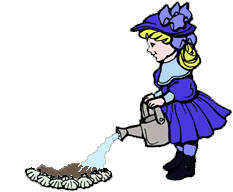 The Earth is truly our Mother and she cradles us, her many children, in her arms. She magically provides everything we require to survive and thrive; just as any Mother does for her Child. Everyone and every living thing on Earth benefits from Mother Earth's love and care; but as always, "Mother Knows Best" and things work out best for us when we listen to Her. Remember to honour Mother Earth by taking her advice and weaving respect for Her into your days. Appreciate what She gives and use it wisely. Can you walk instead of drive? You conserve the energy in your car's tank for another day; while connecting with the Earth beneath your feet. You gain the opportunity to observe Mother Nature and learn from Her; even in the harshest of urban settings. Can you tend to your garden today? She will bring forth food for your table, trees for shade and flowers of heavenly beauty and aroma to transcend your spirit. (Remember a garden is anywhere, inside or out, where ever you can encourage a plant to grow.) Are you building a structure? Be cognizant of how it will impact the Mother's children. Does it leave little hiding spots for birds and light for plants to survive around it? Or maybe you can hang your laundry out to dry? Then you are aware of the Mother's gift of sun and wind to dry your clothes. Or is it raining as it is here today? Sit and listen to the life-giving water that Mother is providing to her children. Just a few thoughts to help you find the Great Mother Goddess, Mother Earth or Mother Nature today - however you address Her!  Happy Earth Day Meadow Sweet Grove © V. Buchanan, 2023
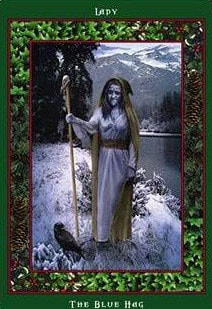 The Fairy Ring Tarot The Fairy Ring Tarot Hallowe'en and Samhain are over. It's time for the arrival of the Blue Hag. Usually, we have to wait another month or so to really feel Her presence in the Grove; but this year, She arrived almost immediately after the candle burned down in the Jack o' Lantern. The Blue Hag is, not surprisingly, a Winter fairy, since Her face is blue and wrinkled tightly from the cold. She appears as an old woman or crone, in a veiled brown cloak, leaning on Her staff of holly, topped with a skull. She rules; during the dark time of the year after the Summer has ended (Samhain/Hallowe'en) and until the Summer begins once again (Beltane/May Day). She is usually accompanied by a crow; who is a link to the underworld, a messenger of death, an eater of carrion and a sign of changes to come. The Blue Hag's name in Gaelic (Scottish); is Cailleach Bheur, meaning the "blue veiled one". The Blue Hag pounds down the old vegetation into the earth with Her staff, and when that job is done, She brings in the cold, frost and snow. When May and Summer approaches, She thrusts Her staff under the holly tree (which is why no grass can grow under it) and shrinks down into a cold gray stone; to once again await the season of cold that She presides over. In this way, She reminds me of the White Witch of Narnia, who Herself presided over that land (but only as long as Winter could remain) and turned Herself and Her Imp into stone when the thaw heralding Spring approached. I quite feel Her in the Grove with our recent snowfall. The ground under our holly tree refuses to allow anything to grow other than ivy and periwinkle. We have instead created wee paths of bricks from a 100+ year old chimney that had been disassembled from the twin house next door to us. We have also added garden statues and little deities to the mix. Hopefully, the Blue Hag approves ... as it looks to be a long Winter! Bibliography: Guide to the Fairy Ring by Anna Franklin, Llewellyn Publications, Woodbury, MN USA 2002, ; Mysterious Britain and Ireland: Mysteries, Legends & The Paranormal, The Caillech Bheur by Ian; mysteriousbritain.co.uk/folklore/the-caillech-bheur/, 2008, 2019; The Lion, The Witch and The Wardrobe by C.S. Lewis, Penquin Books, Middlesex, England, 1959 (original copyright 1950). Meadow Sweet Grove © V. Buchanan, 2022
Red Riding Hood is a classic tale, remembered and shared in oral tradition for generations and finally written down by The Grimm's Brothers, Charles Perrault and more. There are several variations of Red Riding Hood and aspects of this story also feature in other fairy tales. At its most basic interpretation; it provides "stranger danger" advice for children. However, there are many lessons in this tale and they can be as deep or as superficial as you care to interpret. Most obvious are "don't talk to strangers" (withhold personal information), "Mother knows best" (listen to the voice of experience) and "don't stray into the woods" (don't get out of your depth). But another that seems very applicable today, as we are more reliant on technology and are divorced further from nature; is to remember to trust your own natural instincts and specifically: 1) to be observant, and 2) to trust what your eyes and ears are telling you - not what someone else insists you must see and hear. 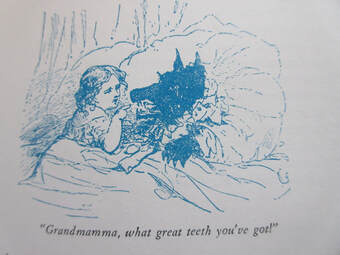 Illustrator Unknown Illustrator Unknown "... Little Red Riding-Hood ... knocked at the door (and) ... hearing the big voice of the Wolf, was at first afraid; but believing her grandmother had got a cold, and was hoarse ... " Quote from The Young Folks' Shelf of Books, 1948 Now Red Riding Hood knew something was up. That front door shouldn't have been open, Grandmother shouldn't have been hiding herself under the bedclothes and Red Riding Hood shouldn't have felt scared or uncomfortable for no reason. But in her innocence, she chose to ignore this and instead questioned the wolf about his odd appearance: why his eyes, ears and hands were not the same size as Grandmother's eyes, ears and hands; to which the wolf cunningly supplies sweet "love-bombing" answers that his features make it "the better to see, hear and hug you with my dear". By the time poor Red Riding Hood notices his enormous teeth (for which the wolf really has no answer because Grandmother certainly doesn't have those); it is too late and she is gobbled up. *Of particular note, is that the wolf did not even attempt to fool Grandmother. Upon gaining entry to the inside the house where Grandmother could see him; the wolf immediately ate her up. The wolf knew that as soon as the old woman saw him; SHE would believe her eyes and ears and wouldn't let him fool her into thinking that he was anything but a wolf! So take a lesson from the age-old storytellers of the sad tale of Little Red Riding Hood. Do not ignore your powers of observation and do not accept every explanation handed to you in an attempt to "Be Kind" -- you might just be talking to a wolf!! Bibliography: The Young Folks' Shelf of Books, The Junior Classics 1 Fairy Tales and Fables, P.F. Collier and Son Corporation, USA, 1948; Grimm's Fairy Tales to Read Aloud, Compiled by Oscar Weigle, Wonder Books, Inc., USA, Canada, 1963; Grimm's Fairy Tales, Companion Library, Grosset & Dunlop, USA, 1963; Grimm's Fairy Tales, The Folio Society, Great Britain, 2003; Charles Perrault Best Known Fairy Stories, Dean & Sons, Ltd., Hamlyn Publishing Group, Ltd., Great Britain, 1983; Red Riding Hood, James Marshall, Dial Books for Young Readers, a division of Penguin, Scholastic Inc., 1991. Meadow Sweet Grove © V. Buchanan, 2022
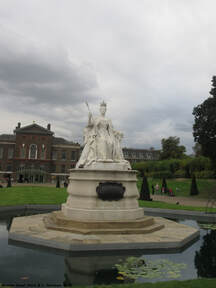 Queen Victoria Statue at Kensington Palace Gardens, 2018 Queen Victoria Statue at Kensington Palace Gardens, 2018 Discovering the history of your name can provide insight into your heritage and background. Many know the source of our birth names - the ethnic origin, who we were named after and perhaps even why. But a little extra research into the origin and meaning of your name, its occurrence and variations throughout the world; and mostly an in-depth look into your own family tree; can provide new appreciation for your handle! When I was growing up, I didn't quite like my name, "Vicki". I didn't think it was a particularly pretty name; it rhymed too easily with icky and sticky and it seemed, well, kind of boring. When I was in my late teens to early-20s, I came up with all kinds of variations: Vickie, Vicky, Vikki, Vickie-Anne, Vicky-Ann, Victorianna. It was a bit of a trend at the time to mess around with the spelling of your first name. My mind somewhat changed as I mused over Victor, the male version of my name, which obviously literally meant "victor" or, more basically; winner. Later I discovered that Victoria was actually the Roman Goddess of Victory and so this knowledge of the meaning of my name started to fill me with steel in times of need. I also knew that I was named after my Grandmother, who passed away when my Mom was carrying me. In my late 20s, I started the fascinating hobby of genealogy and, interestingly, discovered that my Grandmother had also been named after her Grandmother. Suddenly, my name became even more special to me since it dated back to at least 1839 in my family. As Queen Victoria began her reign in 1837, and her name instantly became a popular baby name for girls, I wonder if this was the source of my Great-Great-Grandmother's name. Because while the name Victoria was consistently used throughout Europe since Roman times; it was not in popular use until Queen Victoria brought it into the limelight. More research is needed to see if my Great-Great-Grandmother was the first Victoria in our family, or if they were one of the more unusual "carriers" of the name before its popularity. Have you researched your first name? What did you find? Meadow Sweet Grove © V. Buchanan, 2022
Remember this rhyme? I love old sayings because in addition to being easy to remember; they are also concise, remain relevant and contain deeper meaning. When I was a kid, I was scared to say this to teasing bullies because I thought it might encourage them to start throwing sticks and stones ... instead of words!! However, this means that I understood the true essence of this age-old chant; which is really a reminder to the self to only fear what is physically harmful. While I might have been subjectively injured by their words ... it was the possible objective injury from sticks and stones that I really feared. I think that while politeness and good manners can be insisted upon, there is still a message here that is desperately needed in today's world. If you ruminate on the "sticks and stones" rhyme, it becomes apparent that while you might not be able to control physical injury from someone hurtling hard objects at you (ie may break my bones), you certainly can control the power of someone to wound your psyche with their words (ie will never hurt me). The choice lies within us. Now I know this is easier said than done because we all know that words do hurt. Sure they do!! However, today's attempt to control another's speech by censoring writer's works of fiction, the insistence on replacing, redefining or adopting certain words, and even shutting down whole conversations (beyond requesting commonplace politeness and manners), is a misplaced attempt to instill kindness. It is not the way forward because what constitutes hurtful words, and even kindness as well, is very subjective. Instead we need to remember that the power lies within us to exercise our freedom of association and associate with whom and what thoughts we choose. This is especially important for children and teens which is probably why this was a nursery rhyme! This Valentine's Day; may I humbly suggest that if you know a loved one who is allowing themselves to be constantly damaged by another's words, or who has bought into society's new reactive trend of "cancelling" people who politely and thoughtfully disagree with them; that it would be a sincerely loving gift to remind them that it is they who possess the power to ensure that "words will never hurt me" - not the other person. By allowing themselves to be hurt by words - they are handing that power over to others. What a silly thing to do! It is a fruitless and exhausting exercise to try and control another person's view of you. All that matters is what one thinks of one's self. Therein lies one of the secrets to self-esteem. Happy Valentine's Day!  Robbie Coltrane, "Hagrid", Harry Potter, Photographer Unknown Robbie Coltrane, "Hagrid", Harry Potter, Photographer Unknown Remember Hagrid in Harry Potter? When Draco called Hermione a "mudblood" (offensive word in the wizarding world), he said, "He did not!". Hagrid acknowledged Hermione's pain but then he advised, "Don't you think on it Hermione. Don't you think on it for one minute." This was incredibly insightful because he was instructing her not to allow others perceptions to determine how she perceived herself. Meadow Sweet Grove © V. Buchanan, 2022
Christmas Eve is such a magical time and what more appropriate time to hold a wedding? During my delve into genealogy some years ago, I found that my Great-Grandparents were married on Christmas Eve, 1901. At the time, I simply thought it was a sweet and unusual discovery. However, I recently learned that the romantic Victorians often held weddings during Christmastime and 1901 just marked the end of this interesting era.
Bibliography: Victorian Christmas, Bobbie Kalman & Barbara Bedell, Crabtree Publishing Company, 1997 Meadow Sweet Grove © V. Buchanan, 2021
 Pixie sitting on wood toadstool charm - Picture Source: eBay Pixie sitting on wood toadstool charm - Picture Source: eBay Ever hear the expression "Touch wood!" or "Knock on wood!" This was a common English phrase growing up in my home. The gist of the superstition, or attraction magic, goes something like this: when you have avoided misfortune and say something that could be perceived as bragging about your good luck; you are tempting fate and thus must immediately protect yourself from any repercussion or reversal of your good fortune, by touching or knocking on wood. Some examples:
Before you utter these sorts of statements; make sure you say 'touch wood' and are actually touching something made of wood. Another version is to knock briskly on the wood. I'm extra careful to make sure that I am actually touching real wood as I don't believe laminates or MDFs hold the same magical properties! Since this practice may have arisen out of tree worship and a belief in dryads or tree spirits dwelling within each tree; it makes sense that only real wood will save you. But what if you have said something that requires averting the ill will of the fates and no wood can be found within your sight? In that case, and that case only, you are allowed to knock on your head. This is based on the rather unflattering belief that if you are stupid, your head is made of wood. But when the stakes are this high ... being a little humble is in your best interest ... so knock away! Meadow Sweet Grove © V. Buchanan, 2021
Just what is a maypole? The maypole is simply a wooden pole raised in the month of May, in a common town area. The pole is usually crowned with flowers and has long ribbons attached for each participant to hold onto and weave around the pole as they dance. It is part of May Day or Beltane; a joyous celebration welcoming the return of Summer's warm weather and all the vegetation and security it brings. Maypoles were very common in medieval Europe and the custom has happily survived, in some parts of the world, to this day. Of course, as with all ancient customs, the actual origin of the maypole is convoluted and the symbolism debated. There were foreshadowings of the maypole in Roman times, and they were heavily present throughout Germanic Europe and England. As to origin, there is so much history and documented occurrence of the maypole that it would be impossible to pinpoint, with any surety, an actual start date for the practice. I think, in the mists of time, from sacred groves and tree worship, must have come the idea to bring a tree into the "center of things". For the maypole, originally a tree, was prepared by stripping the branches and bark, and then carried into the town center by the townsfolk. He was decorated, danced around and witnessed merry-making (of all sorts!). Many maypoles were left up year round as they were an important symbol of community coming together. As to further symbolism ... oh there is plenty. From the sacredness of tree worship to the perceived baseness of phallic representation; it's all a merry mix! Since summer is a time for warm weather, when blossoms and flowers abound, and crops are planted ... it is natural to think of celebrating love and beauty and of growth and fertility. Couples went "a-maying" and the dancers, in weaving ribbons around the maypole, probably hinted at romantic unions in the making ... But this was meant to be just a mere moment for maypoles! I've made a small one for the garden fairies to dance around. By day and by night, thus far, my camera has caught only cats ... Bibliography: Wikipedia, Maypole, last edit Apr 2021; Witta, An Irish Pagan Tradition, Edain McCoy, Llewellyn Publications, 1993
Meadow Sweet Grove © V. Buchanan, 2021 I've always been drawn to the Green Man, so much so that when my husband recently installed tiles in our kitchen; he thoughtfully incorporated our very own Green Man over the kitchen stove! To me, the Green Man represents divinity in nature and is the male counterpart to Mother Nature. His face, most often formed or surrounded by leaves, is literally "fused" with nature and creation. His gaze is generally (but not always) one of benevolence. Sometimes, though, tendrils grow from his mouth, and even his eyes, nostrils and ears - then the overall feeling is one of the harsh reminder of the reality of death; our eventual return to dust and the earth; but also a visual representation of the rebirth and regrowth that is nature's life cycle. I am very fond of old churches and architecture and am always delighted to find the Green Man incorporated into various structures; keeping everyone safe and reminding them of their inescapable relationship with nature. You can find him in many countries around the world - and through a variety of artistic expressions: from architecture to theatre and from jewellery to poetry. I guarantee that once you start truly "seeing" the Green Man - he will begin "cropping up" in more and more places ... Meadow Sweet Grove © V. Buchanan, 2021
Interestingly, I immediately came across this image, which is so similar that I felt the artist must have based her artwork on it. This earlier version is titled "Old Christmas" and was illustrated in 1836 by Robert Seymour for "The Book of Christmas" by Thomas Kibble Hervey. Santa with his Yule Goat appear quite often in Christmas cards too during Victorian times. I thought the goat might have been a nod to the old horned Gods or perhaps, because in other British Isle traditions like Puck's Fair and May Day, goats are sometimes crowned with flowers during harvest and summer festivals. He's an important little fellow associated with harvest and sun and so could easily be associated with Winter Solstice as well. But of course there is the Yule Goat or Julbock in Scandinavia! My first introduction to the Yule Goat was many, many years ago when we bought a little boxed set of Christmas ornaments of straw goats from IKEA, the Swedish furniture company. The Julbock in Scandanavia is thought perhaps to be derived from the two goats who pulled the sky chariot for the God Thor (Norse); or with the God Devac (Slavic) who was depicted as a white goat. Originally he demanded gifts, or offerings at this time of year, probably in exchange for returning the sun, and as the traditions changed and Santa Claus appeared, the white goat became the giver of gifts instead. But getting back to why the artist called this "The British Father Christmas" and why Robert Seymour, a British illustrator depicted Santa in this way in the first place ... well, maybe the Yule Goat trotted his way on over to Britain and merged in wonderfully with the already existing English traditions surrounding the goat. Now as for the Wassail bowl ... Bibliography: Victorian Christmas by Bobbie Kalman, Crabtree Publishing Company, 1997; Wikipedia, Yule Goat, October 2020; The Yule Goat Sneaks Heathen Tradition into Christmas, The Rational Heathen, Tyra Ulfdottir, 2017 Meadow Sweet Grove © V. Buchanan, 2020
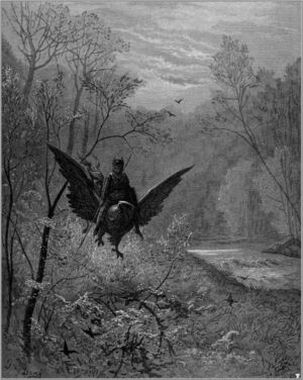 Hippogriff illustration by Gustave Doré Hippogriff illustration by Gustave Doré Are you looking to find your real self ... or return to it? You could try approaching a Hippogriff. Harry Potter was able to do what Draco Malfoy could not. He showed the Hippogriff Buckbeak respect; and as a result was treated to a fantastic ride ... a literal expression of his rise to new spiritual heights. Harry was understandably shaken in approaching the Hippogriff because this creature has the potential to rip him apart with its talons if displeased. But, even if accepted, there still lies the greater fear of relinquishing that little bit of control over the course of your life; and potentially meeting your destiny. Harry trusted, and accepted that challenge. I think we are all a little envious of Harry, but there is no need to be, because at some point we all reach that time where we want to meet our Hippogriff. My advice is to be respectful and thoughtful to your guide and to trust him; because what you will find will be worth the temporary madness. Bibliography: Harry Potter and the Prisoner of Azkaban, J.K. Rowling, Bloomsbury, UK, 1999; Wikipedia, Hippogriff, 2020 Meadow Sweet Grove © V. Buchanan 2020
Every year I wait for the beauty of the delicate pink and white blossoms on our apple trees. How to describe the scent? I wish I could bottle it. It is so pure, light and innocent. Then the arrival of the happy honeybees, busily buzzing and trying to make sure each flower on the tree receives a visit. Too soon, a Spring breeze shakes all those lovely blossoms down to the ground to create a carpet of white. I tried to do a little research on the apple blossom and didn't find too much. Well, not much in comparison to the copious amount of history, folklore and symbolism of the apple blossom's fantastic successor - the bountiful, hardy and very useful apple! But I have made a couple of observations which I believe is where most of folklore is derived; coupled with a few tidbits of history and symbolism. Firstly, the apple blossom forms a gently rounded five pointed star. This pattern, a natural pentagram, is greatly utilized by Mother Nature in a number of her creations. The apple blossom is part of the Rose family (Rosaceae) and the rose is associated with the Goddess Venus, sexual mystery and as thus can represent itself in another Goddess; the innocent Mary - soon to be mother. The culmination of the apple blossom is the apple; associated with eternal life, knowledge, motherhood and therefore Eve. Secondly, the blossoms arrive in the merry, merry month of May, with the apples all ready to eat, prepare and store away in the magical month of October. This coincides with the Celtic Wheel of the Year, showing May (Beltane) as the month of fertility (apple blossoms) and October (Samhain) as the month of final harvest (apples). The apple tree has made its way from Rome, to the British Isles and finally, throughout North America where it has been adopted by two American States - Michigan and Arkansas - as their State Flower. This beautiful blossom certainly deserves that honour ... and more! Bibliography: The Life and Times of the Apple, Charles Micucci, Orchard Books, USA, 1992; Rosaceae, Wikipedia, 2020; World of Aromatherapy, Jeanne Rose, Frog, Ltd., California, 1996 Meadow Sweet Grove © V. Buchanan 2020
I love digging into and dissecting old Mother Goose rhymes! The first thing I noticed about this nursery rhyme is that Jack Horner is sitting in the corner; a place usually associated with punishment for a childhood mischief; so from this we may determine that Jack has done something naughty. But he does not think he is naughty and in fact evaluates himself as a good boy, by virtue of either the existence of a plum in his pie, or by the fact that he himself has the power to extract it. Both seem rather egotistical and out-of-keeping with how children would have been expected to behave in those long, long years past. So what has really happened here? It seems that there was an abbot in Glastonbury during the time of King Henry VIII who decided he would give twelve manor houses to the King. By this he hoped to discourage the King in his plan to dissolve the Catholic monasteries. The impending "Dissolution of the Monasteries" resulted in the terrible destruction that we see today when visiting the ruins of these magnificent structures; which aren't actually "ruins" at all, but the result of King Henry the VIII's willful destruction. The story goes that Thomas Horner, a steward of the abbot, was sent to London with a Christmas Pie that contained the deeds to the twelve manor houses. He "put in his thumb" and extracted the deed to one manor house ... which he kept for himself, and his descendants live in it to this day. The alternate story is that he bought the manor house from the King. Also quite plausible as, when he delivered the Christmas Pie, he may well have known what the pie contained and asked leave to purchase one of the houses. Either way, it would seem that the writer of this rhyme viewed "Jack Horner" as a "naughty boy in the corner" (opportunist), who saw a "plum" (the manor house) ripe for the picking in the pie, and let him self-proclaim himself "a good boy" (deserving) who was justified in enjoying the good things in life. So was Jack, in actuality, a naughty boy or a good boy? Bibliography: Mother Goose, A Little Golden Book, 1942 version; The Hidden History of Nursery Rhymes, education.com, 2006-2019
Meadow Sweet Grove © V. Buchanan 2017 / edited 2019/2023 |

~ SHOP ~
FREE SHIPPING WHEN YOUR ORDER TOTALS $99 CDN! Enter Coupon Code: FREESHIPPING at checkout and hit "Apply". (Offer available within Canada & USA only) Meadow Sweet GroveFolklore & Magic Archives Categories
All
|
|
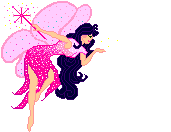
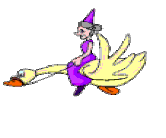

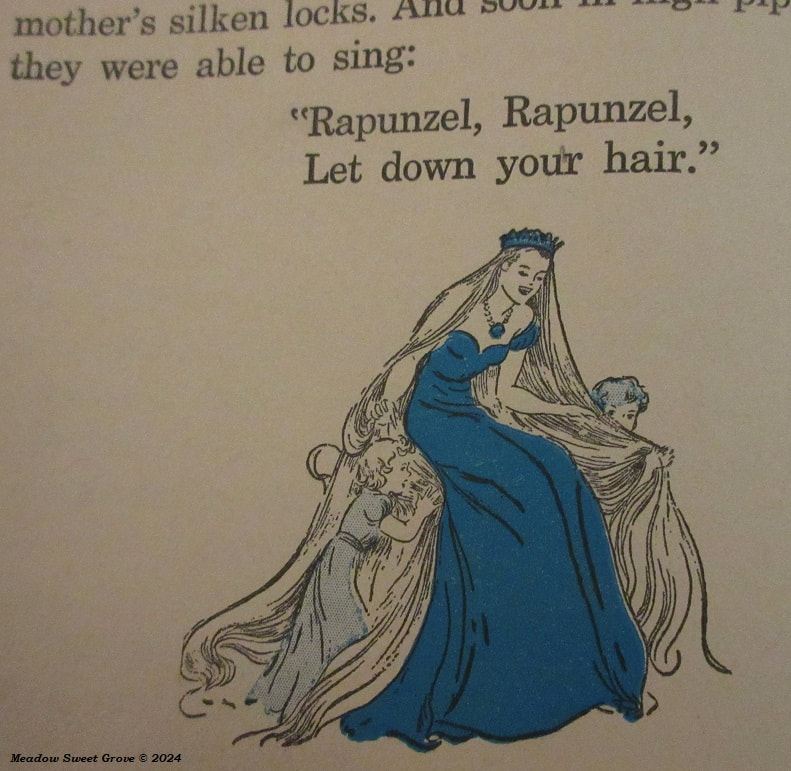
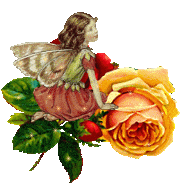
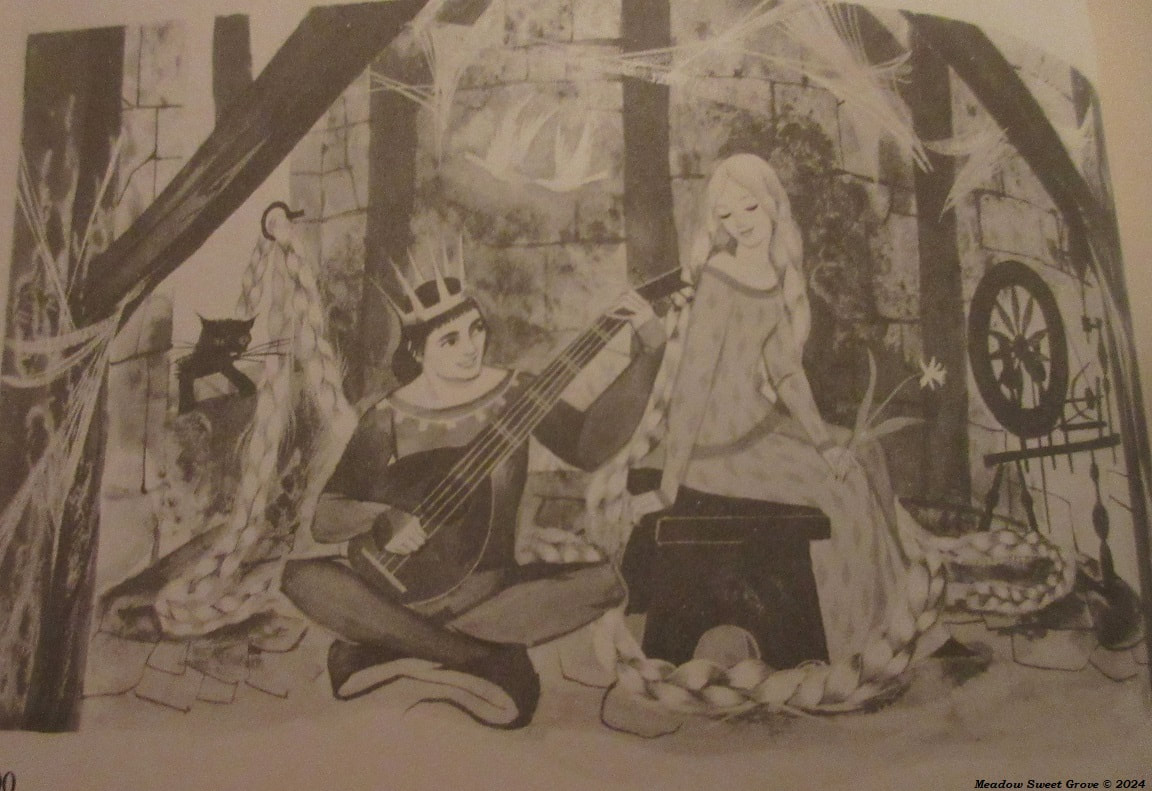
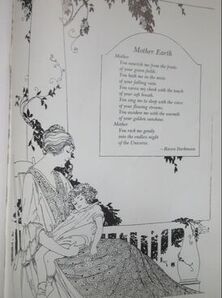

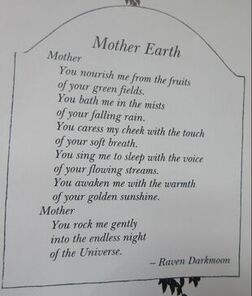
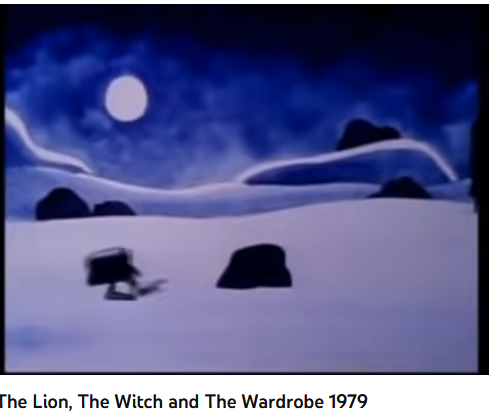
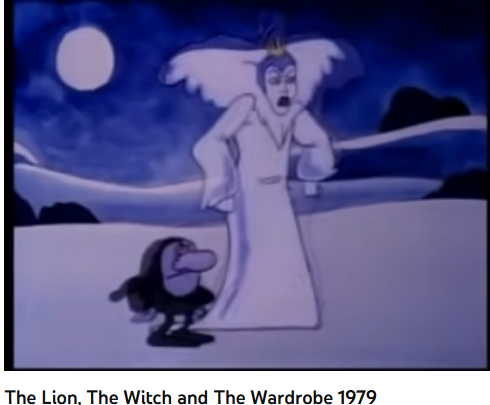
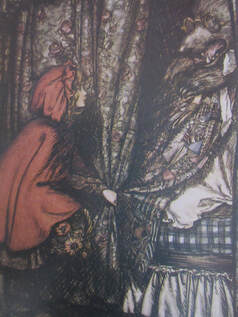
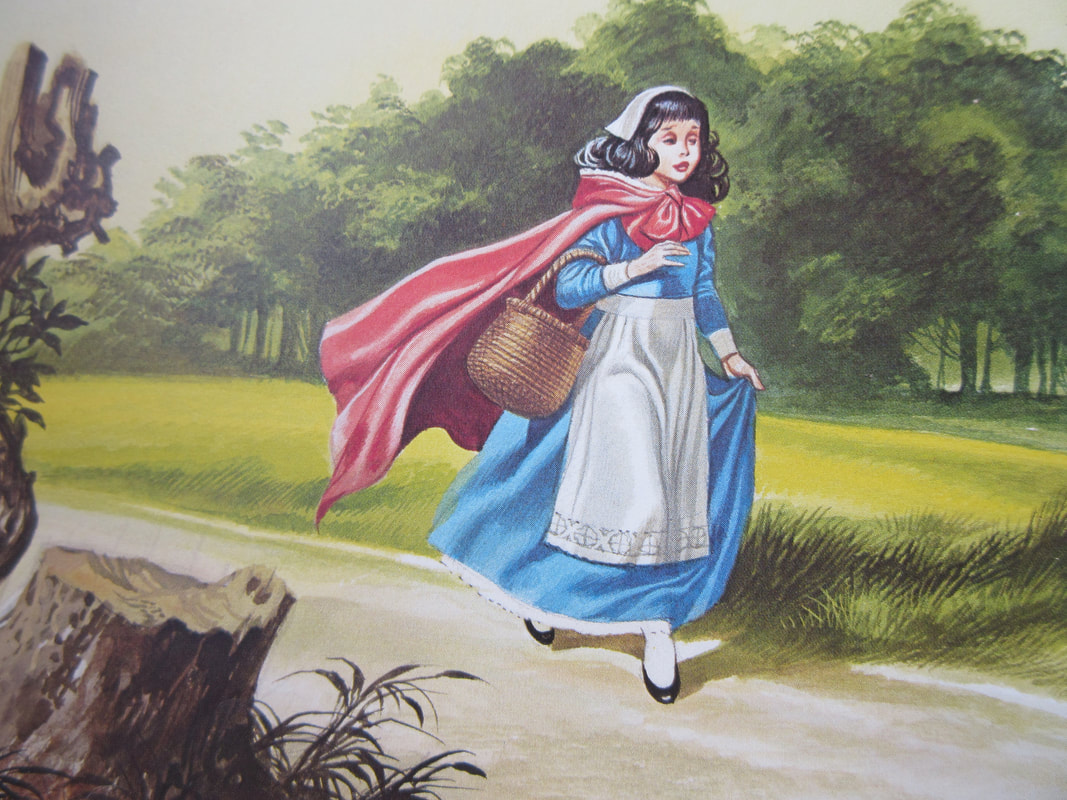
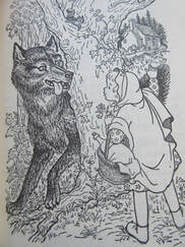
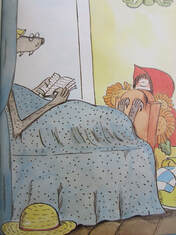
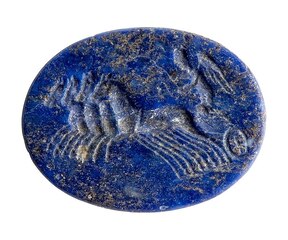

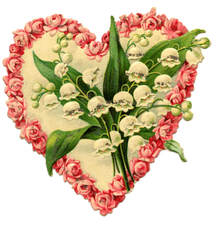
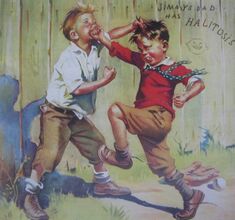
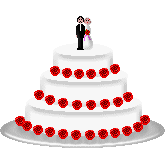
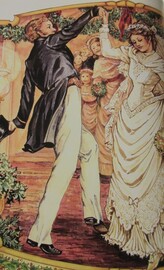
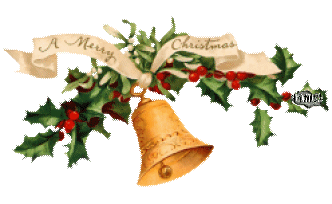

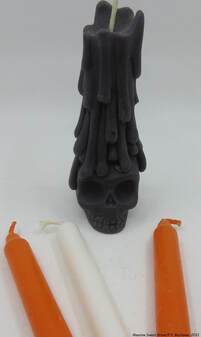

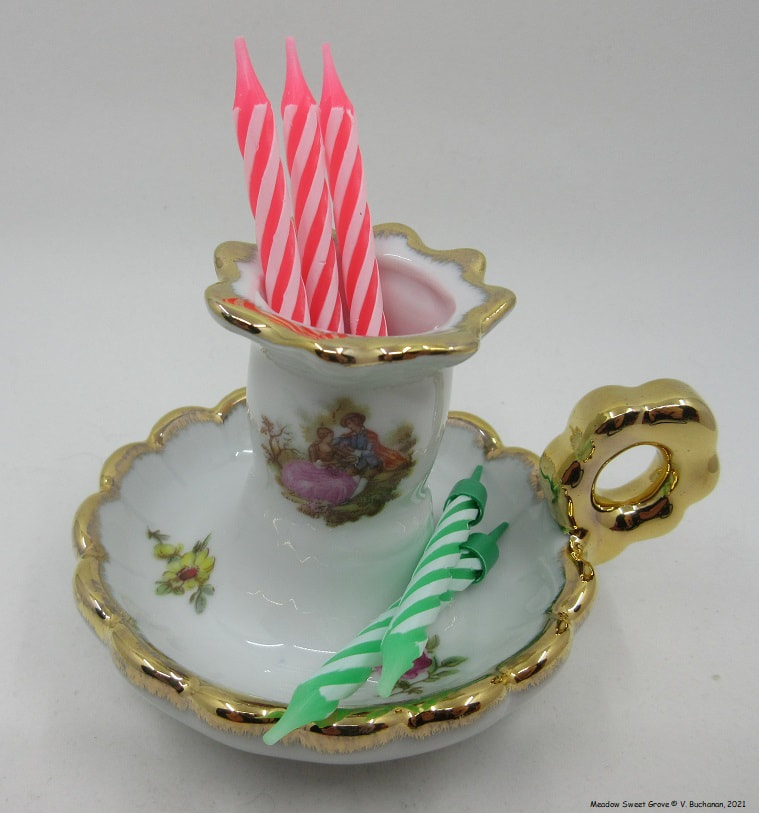
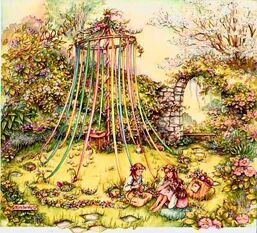
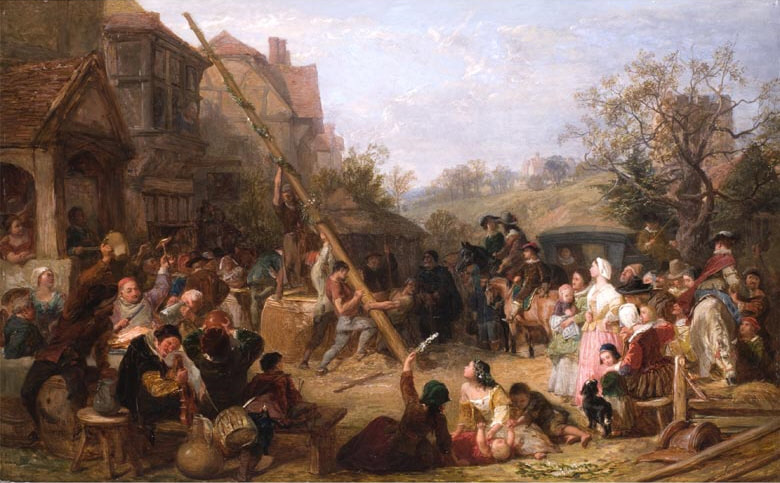

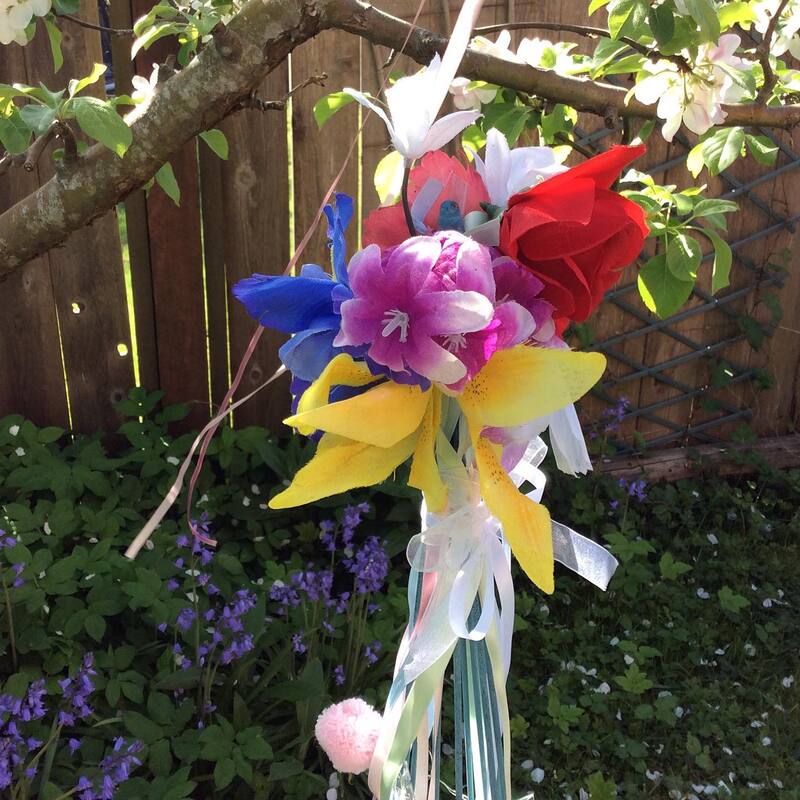
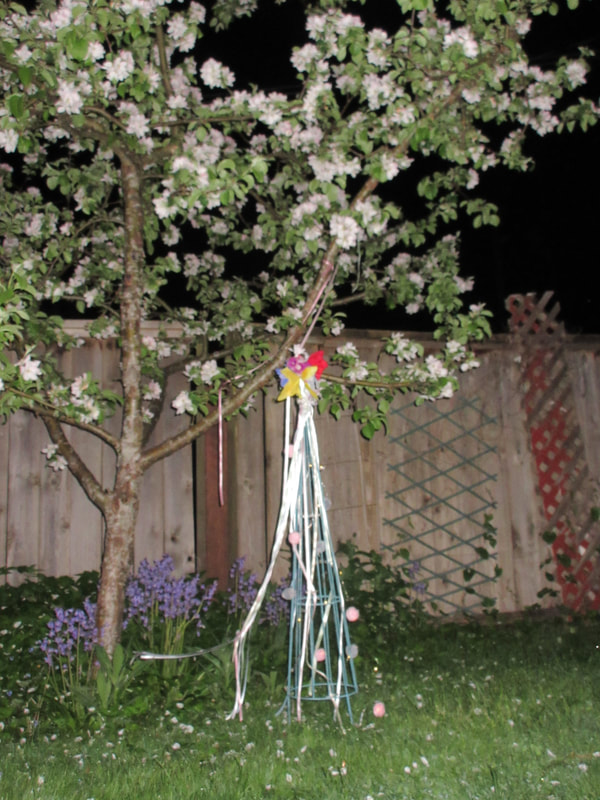
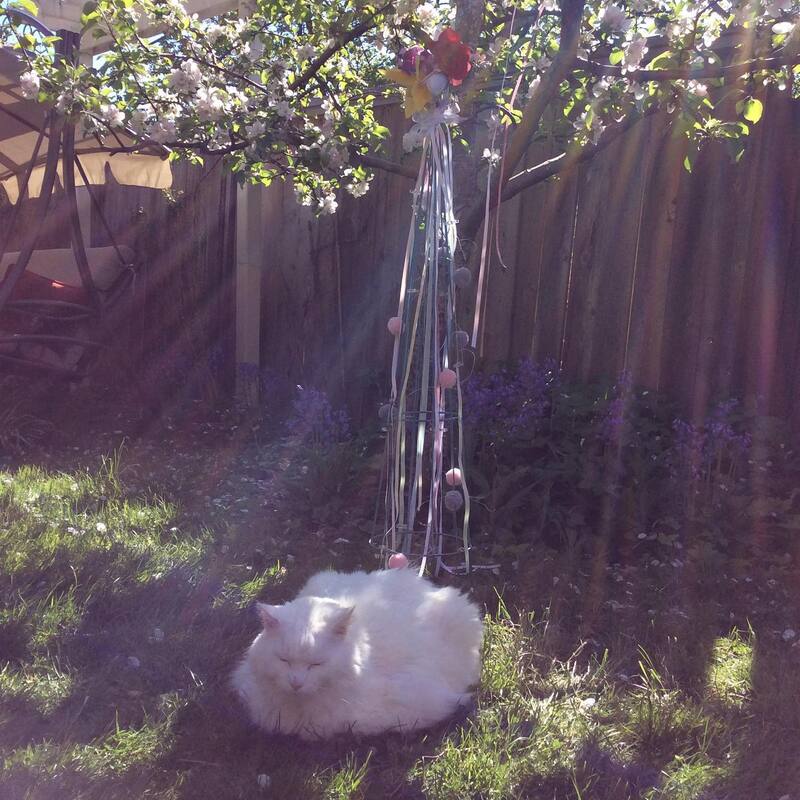
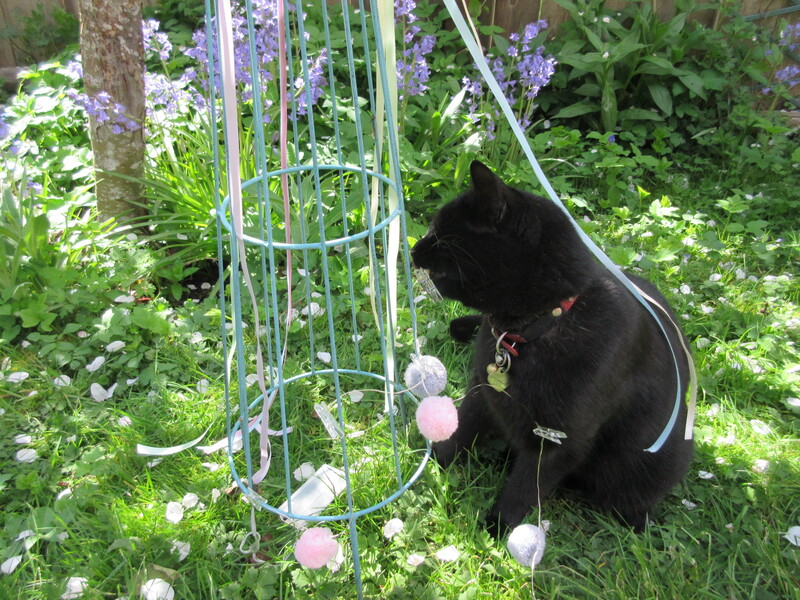



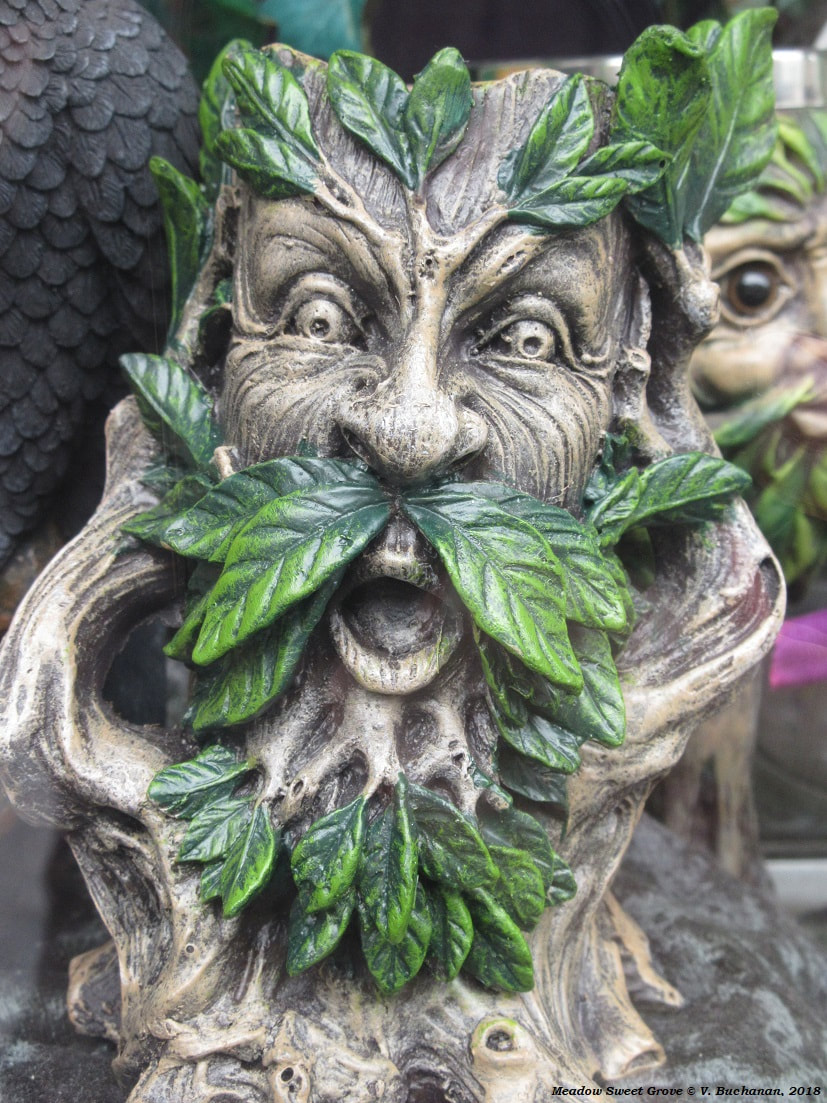
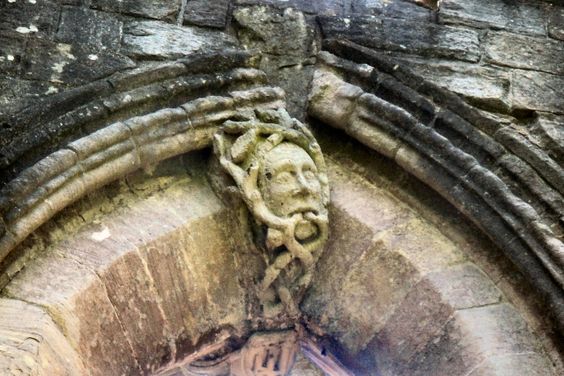
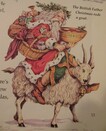
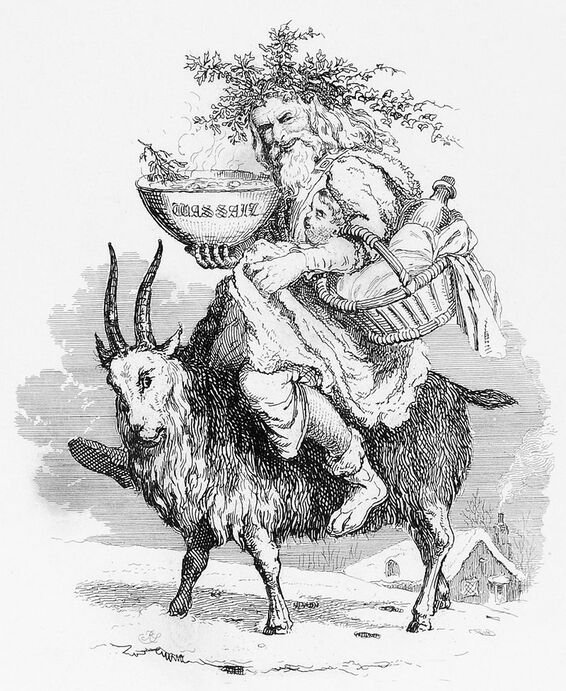
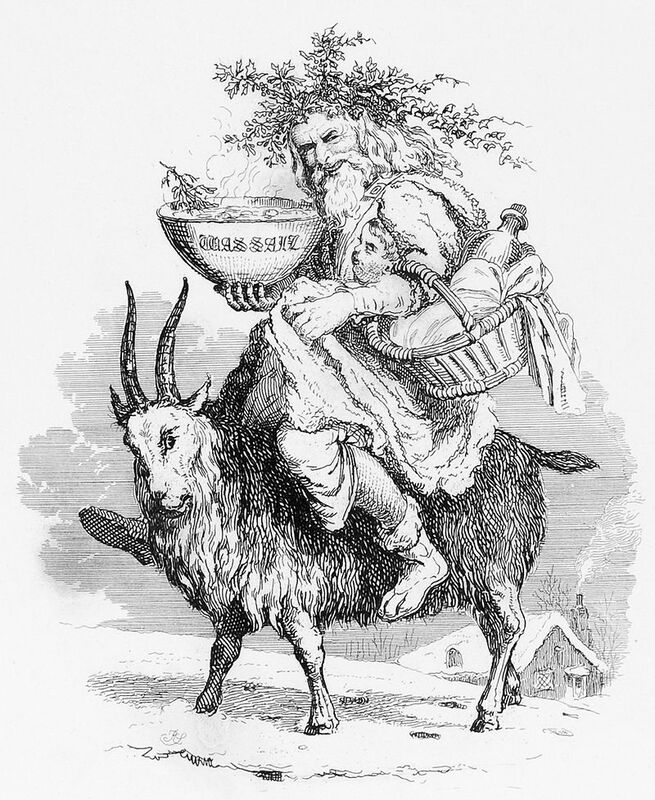
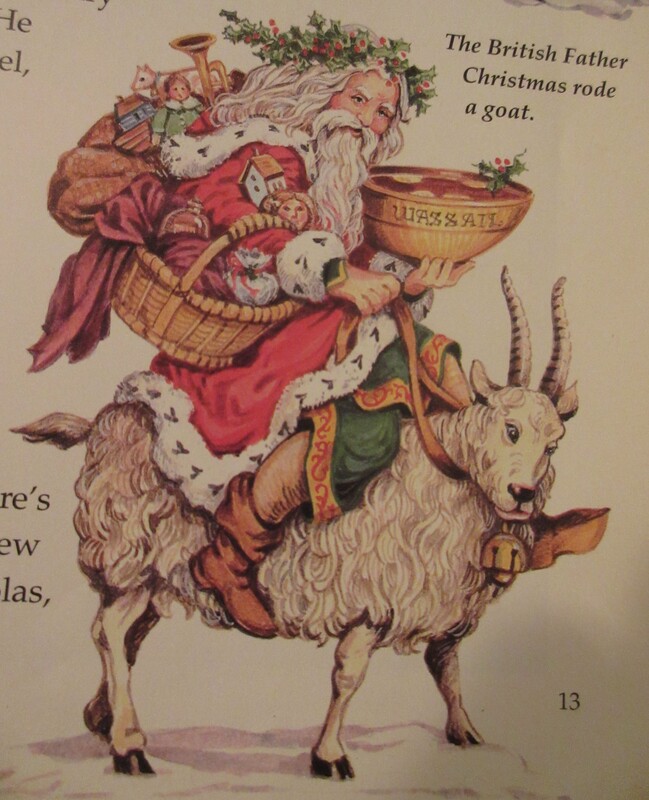
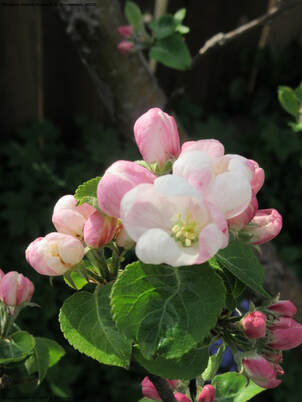
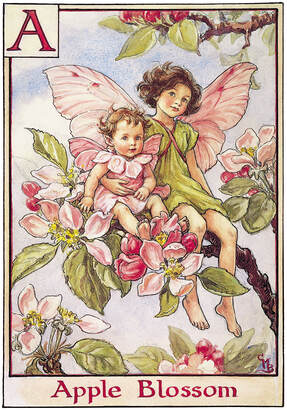
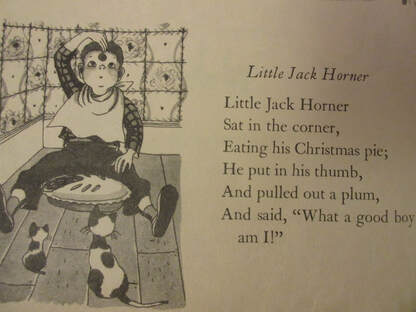
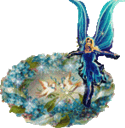

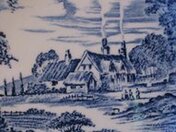
 RSS Feed
RSS Feed

